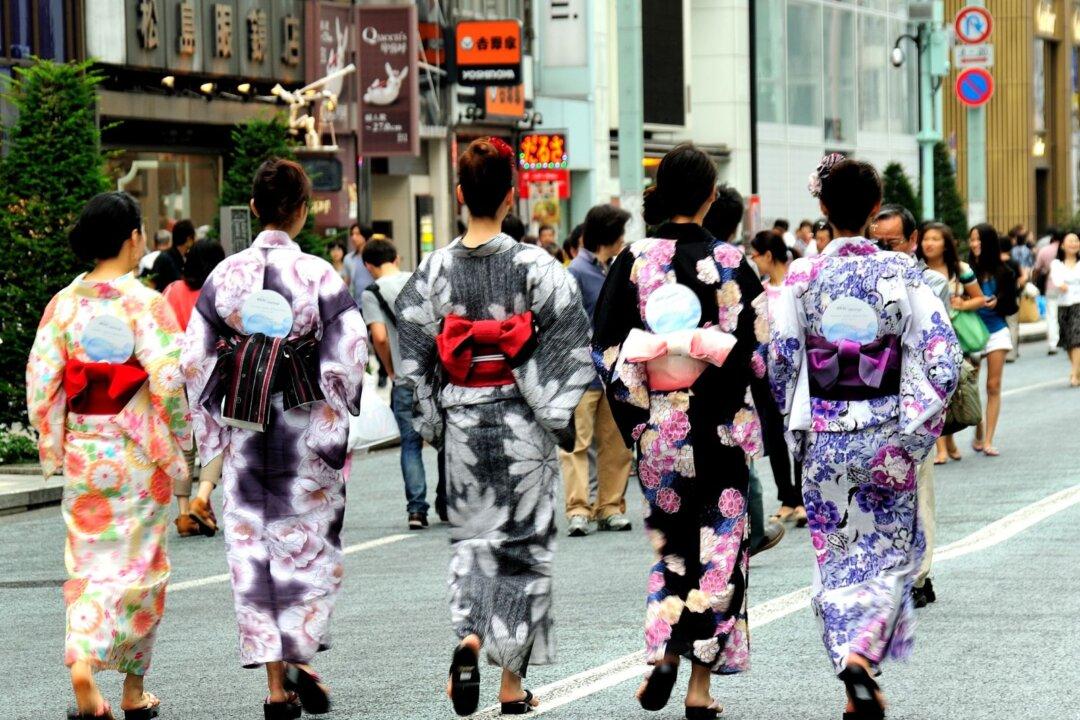First-time visitors to Tokyo normally experience a culture shock—we are simply overwhelmed by the different things Japan has to offer, from the myriad of choices of food and fashion to mannerisms and etiquette. Tokyo, being one of the busiest food and fashion capitals of the world, has so much more to offer than what we may think. This list breaks down some of the many things visitors can opt to do in Tokyo, some of which are less commercial in nature and favored by the locals.
1. Paddle in a swan boat amidst falling Sakura petals
If you are lucky enough to visit Tokyo during the Sakura season (early April), be sure to stop by a park in the morning for a picnic and Hanami (flower viewing). It is advisable to bring your own picnic mat. Restaurant-quality food and snacks can be purchased from any convenience store, such as Family Mart, Seven-Eleven and Lawson. Bento sets, Katsu sandwiches, jellies, puddings and even flavored soft-boiled eggs—the choices are endless.

